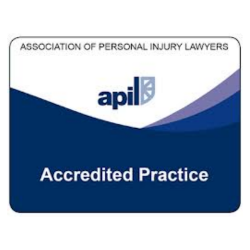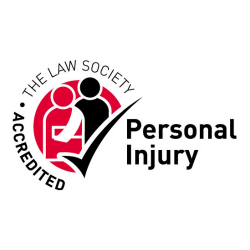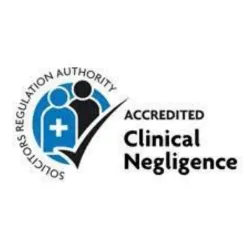
Manual Handling
Your employer has a duty not only to provide you with a safe place of work, but also with a safe system of work.
This duty also includes an obligation to ensure that if you are required to undertake a lifting / manual handling task, the risk from that task is reduced to the lowest level reasonably practicable. This usually means that if you are required to lift a heavy object, then you should have been trained in correct lifting techniques, have had lifting equipment and/or assistance made available to you where appropriate.
Manual Handling Injuries
‘Manual Handling’ can be described as ‘any transporting or supporting of a load (including lifting, putting down, pushing, pulling, carrying or moving thereof) by hand or bodily force’.
Carrying out assessments in respect of all potential risks in the workplace is a vital part of an effective health and safety policy, and risk assessments should be carried out in respect of handling and lifting tasks.
The most common personal injury sustained from manual handling or heavy lifting is back injury but manual handling injuries can vary to include other parts of the body.
Manual Handling Regulations
The Manual Handling Operations Regulations 1992 provide statutory regulations outlining the employer’s duty to protect their employees from risk of injury from manual handling.
Manual Handling Claim Advice
If you have been injured as a result of a manual handling incident in the workplace, or through the course of your employment contact our solicitors today on 033 3344 9600, email [email protected] or complete our online claim form to find out whether you have a claim.












